Teach your students ways to save water with a printable poster and worksheet pack.
Use Less Water – Save the Earth!
Teachers around the world play a crucial role in shaping the minds of future generations. One of the most important lessons we can teach our students is the importance of saving water and conserving natural resources. Water is an essential resource that is necessary for all forms of life on Earth. However, the availability of water is becoming an increasingly pressing concern, and it is critical that we educate our students on how to conserve and protect this precious resource. We’re here to help you teach those critical conservation lessons!
Ways to Save Water – Printable Poster and Worksheets
This resource download is a blend of visual aids and written work. We’ve included a color and black-and-white printable Water-Saving poster, a comprehension worksheet, and a poster-making project template. Use this poster when learning about water and how to reduce water waste.
Download and Print Your Water Conservation Activities
You’re just a click away from getting your new resources! Use the dropdown arrow on the Download button to select the Editable Google Slides resource file or the quick-print PDF version.
Anna Helwig, a teacher in Arizona and Teach Starter collaborator, contributed to this resource.
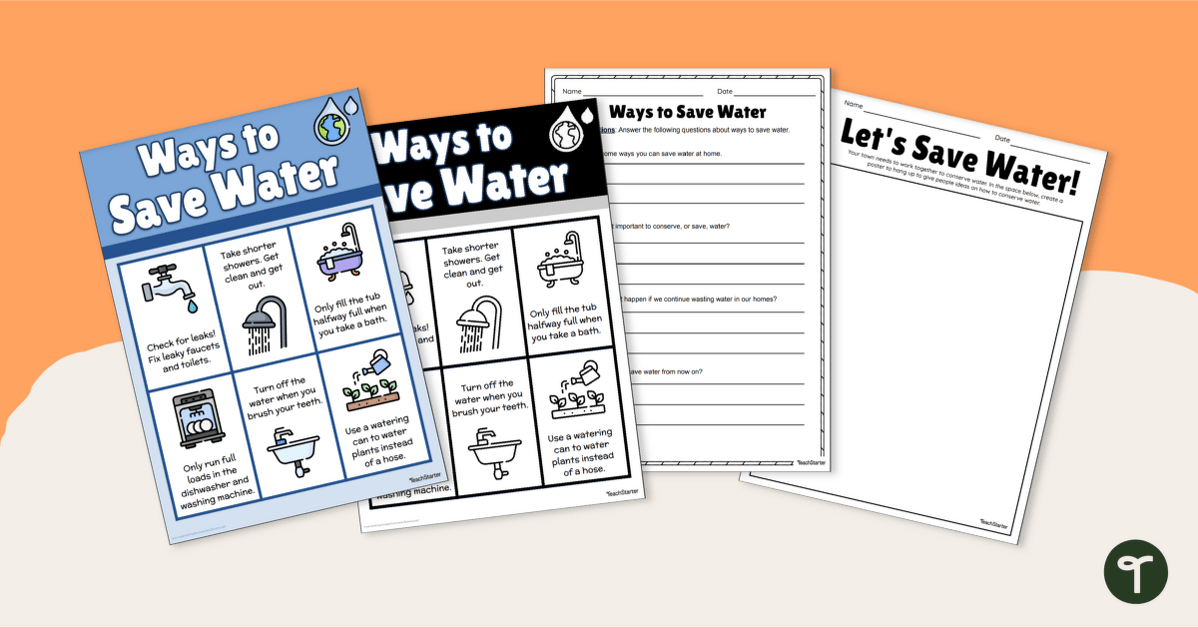

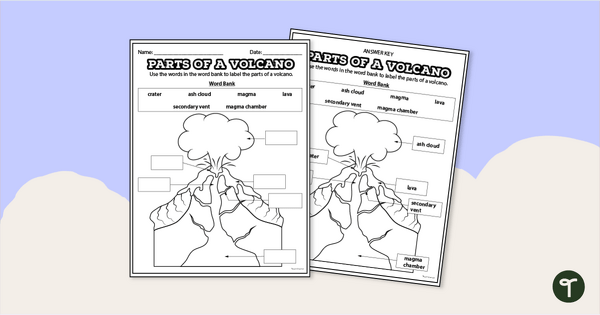
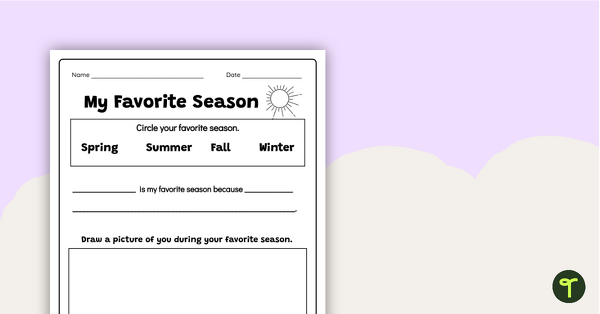
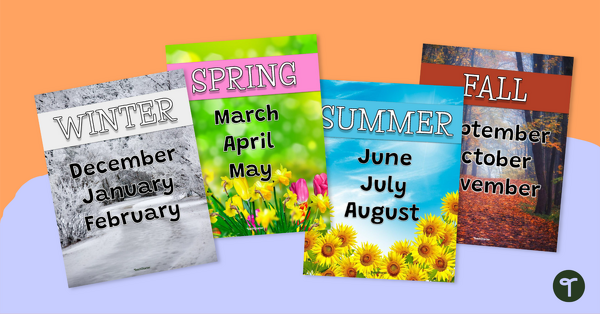
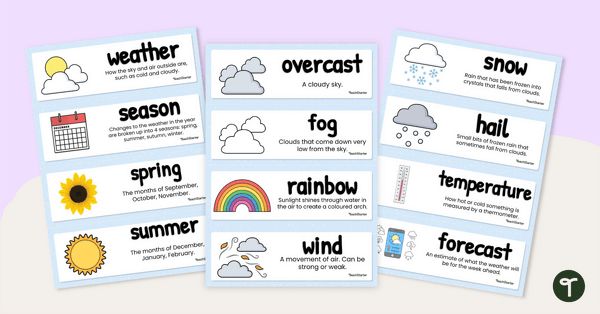
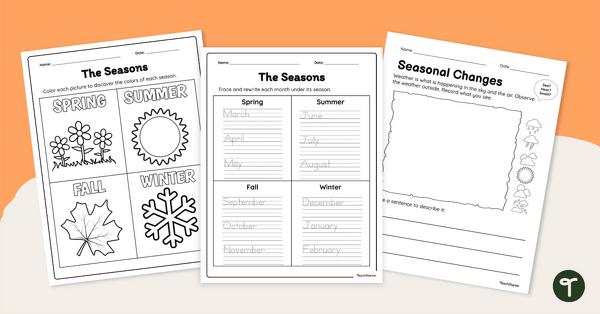
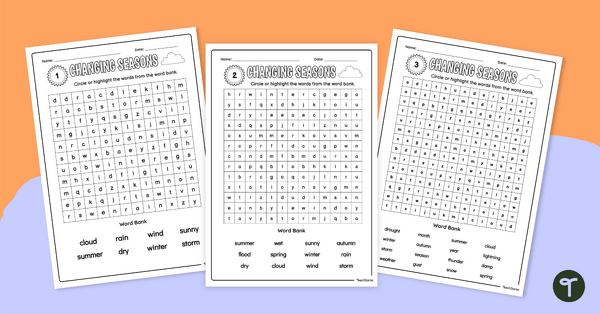
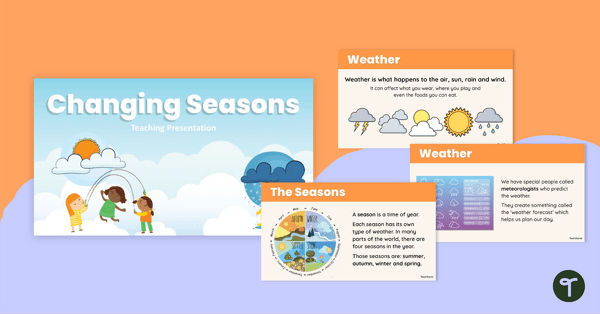
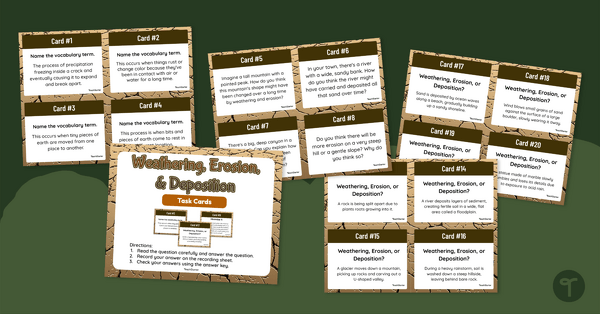
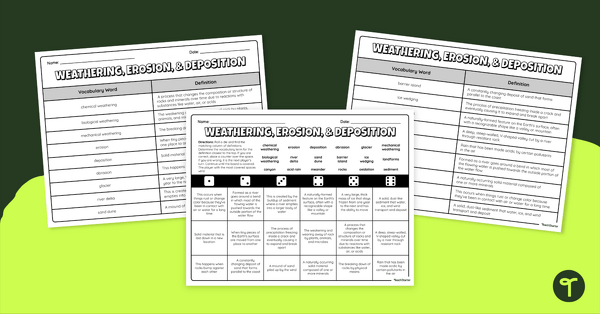

0 Comments
Write a review to help other teachers and parents like yourself. If you'd like to request a change to this resource, or report an error, select the corresponding tab above.